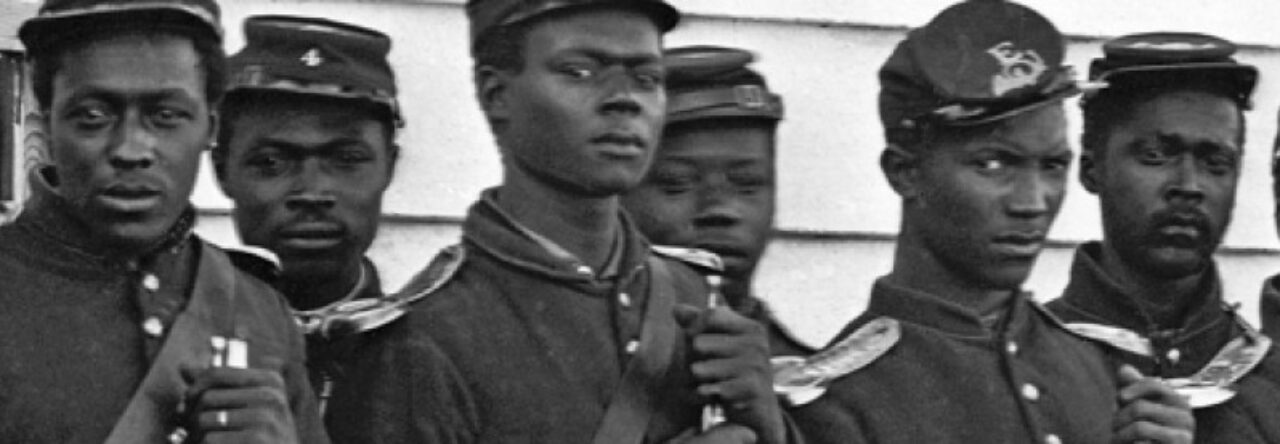Besides my fascination with the mindset of slavery advocates, I’m starting to take a keen interest in Americans’ attitudes (if they have them) about the war. Again, the work of David Blight on Civil War in American Memory has been wonderfully illuminating.
I need to study more about the collective memory surrounding the “cause lost” theories, and also the morphing patriotism of Sons and Daughters Of… organizations.
Here, on the west coast, we have Highway 99. It was the original north-south highway from Canada to Mexico, subsequently replaced by Interstate 5. At one time it was the Jefferson Davis Memorial Highway, a designation long-since legislated away. But remnants remain, which fascinate me. A couple photos, the recent one with The AndyBear, who was five at the time. This is the marker to be found in Jefferson Davis Park, which has a Facebook page: http://www.facebook.com/pages/Jefferson-Davis-Park/111684485552784



Mike Palfy
Mike
Good information. I am going to share the Jefferson Davis Park facebook page with my students. Students love facebook. I will use this as a hook to engage my students. Thanks for the info.
janeapplebee
Holy heck, Mike. I had no idea! Thank you for posting this. Your post sent me off looking around too see about my sections of highway 99/Jefferson Davis Highway. (I have to say I am glad that California never officially recognized the name although there are some markers. I found a great article on the nation wide Jefferson Davis Highway campaign: http://www.livinggoldpress.com/jeffdavis.htm)
Mike
Hi Jane. Given that WA, like CA, sent men to both sides of the CW, I wonder if there was debate about the highway’s designation. Around here, Vancouver went from a fur trade outpost to U.S. Army base. Grant was here (he tried farming potatoes where we now have a Kroger subsidiary that sells them, fresh from Idaho), as was McClellan (who chased Klickitat Indians around the forests near Mts. Adams and St. Helens). With a wonderfully restored barracks and parade ground, it’s easy to connect our city (on the Columbia River… Portland OR is a suburb of Vancouver) to the CW.
Was there a debate? I suspect there was.
I wonder if CA had much debate, especially since it had been a free state by the war.
OR still had plenty of sundown towns and redlined acreage allotting, so I wonder how it went there.
janeapplebee
“OR still had plenty of sundown towns and redlined acreage allotting, ”
? I do not understand these terms.
I had an email from the author of the highway site. I wrote her to thank her for posting her article and telling her I had referenced her page on your blog post – which she then took a look at. She would like to know if you have a hi-res version of the historic photo you posted for her research. She offered to send me the complete article on the highway from the American Journal of History and another article she published in Columbia. I would be happy to pass them on to you if you would like. If you are willing to share any hi-res image you may have with her,
I just spent an interesting and somewhat disturbing hour on the websites of the United Daughters of the Confederacy, and the Sons of Confederate Veterans websites. Both groups are new to me and yet they are in 33 states and have been busy for a long time now. The Sons have a resource page with all sorts of interesting materials for the person interested in taking up the Southern cause during the sesquicentennial, including the Grey Book and the Catechism of the Confederacy. http://confederate150.com/Resources.html
mike kleiner
I would love to get anything you send. I sent her the links to both the photo and the Seattle chapter of the UDC.
The Catechism sounds interesting.
“Sundown towns” refers to towns where blacks were required to be in their homes by sundown. Those caught out at twilight stood a good chance of being fined, jailed, beaten. I think they are most notorious in KS and other plains areas, but OR had them for a while.
As an American black middle class grew in the 20th century its members found themselves being steered into black neighborhoods. Realtors drew “red lines” around areas they wouldn’t sell to blacks, effectively maintaining residential segregation through discriminatory selling. The west had similar, if not as pervasive, practices, in which land offices would make false attribution of ownership of open land when dealing with blacks, thus pushing them away from the more productive soil.
In these regards, I’d have to think there was plenty of argument to be made over Hwy 99.
janeapplebee
Oh and by the way The Andy Bear is adorable. Is he related to you? How old his he now?
mike kleiner
Andy is my first son. He’s now 7, and a complete dream of a kid. I’m a lucky dad.